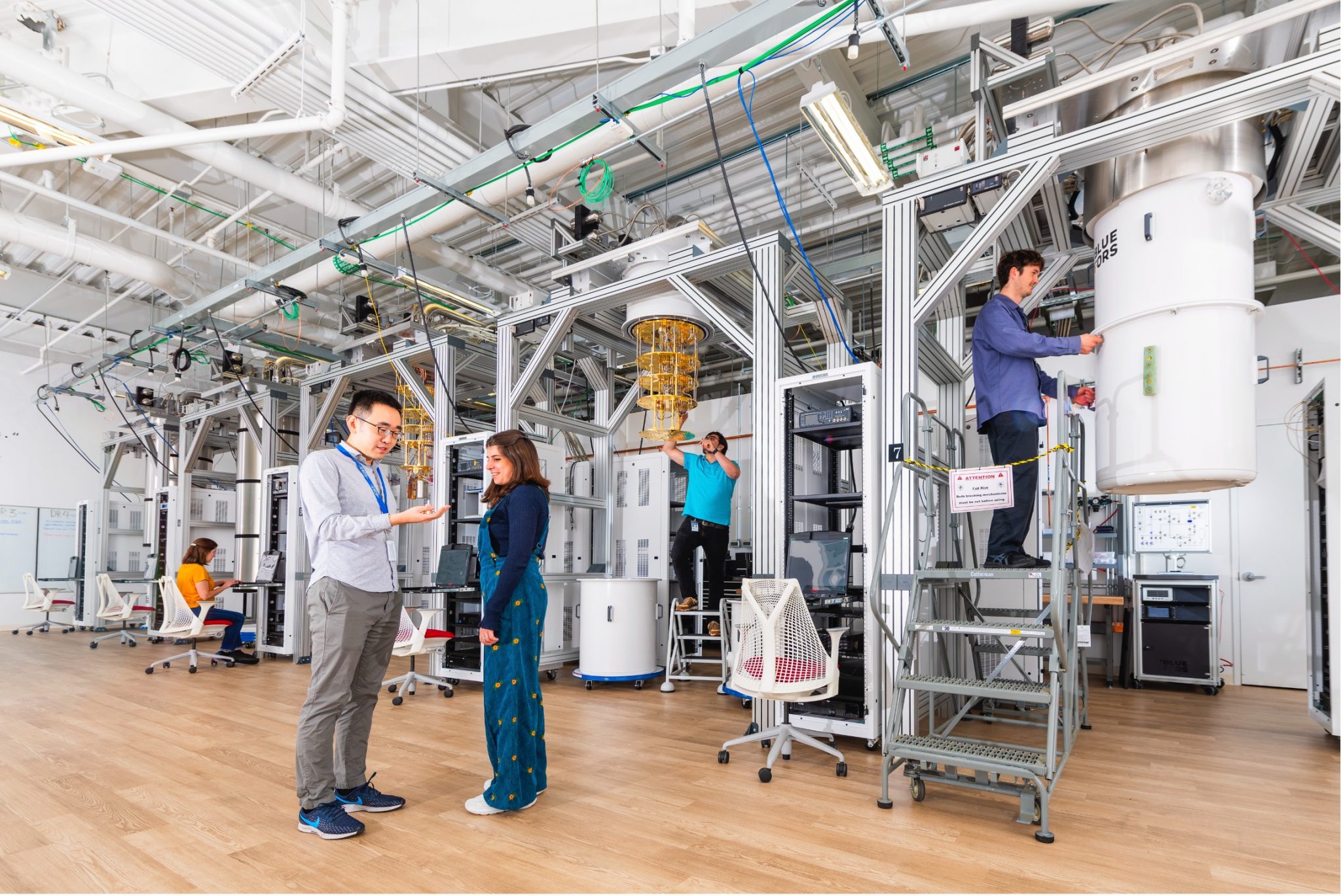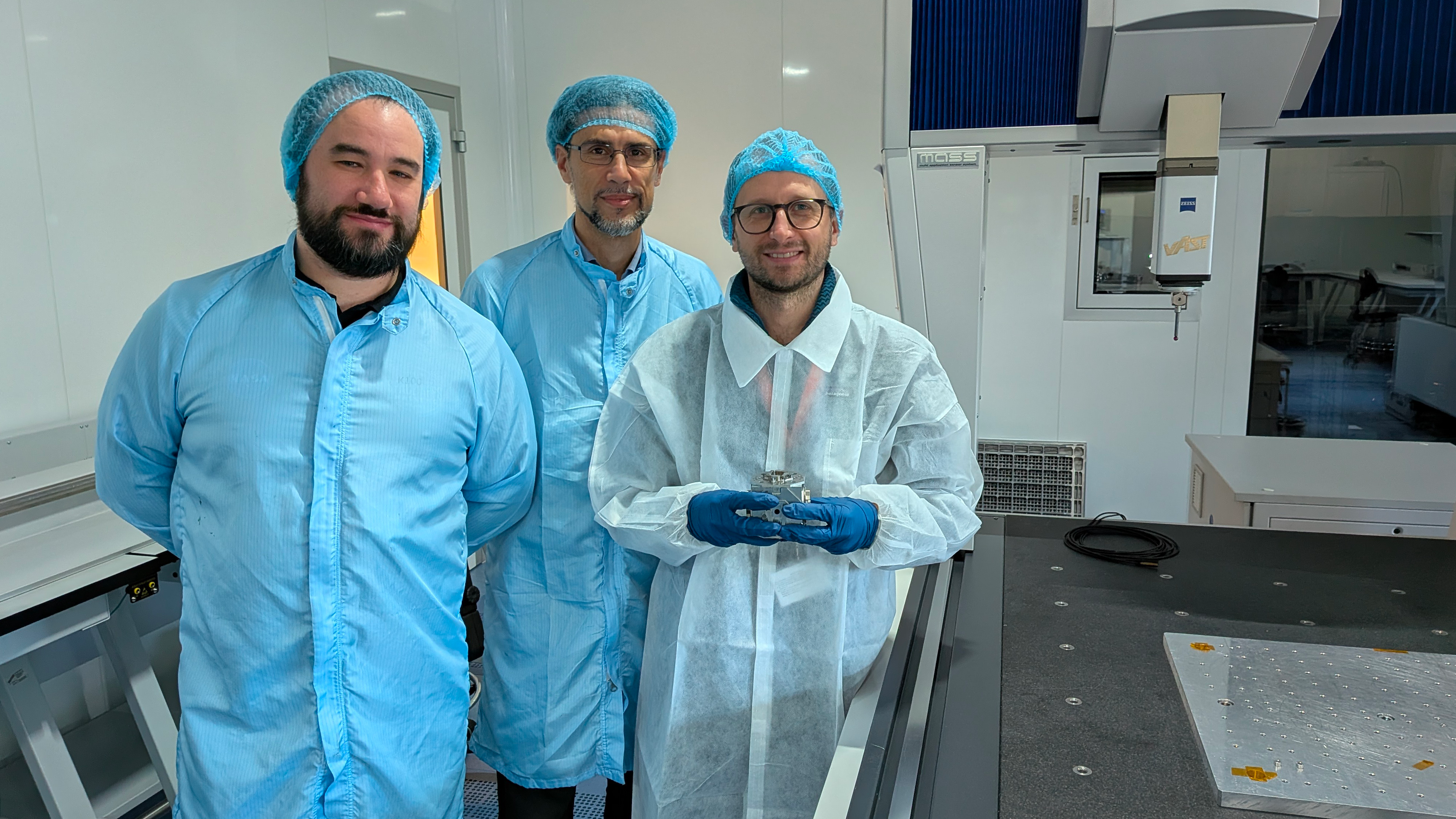
A recent survey on the chemical composition and concentration of Arctic atmospheric particulate matter has shown that the Arctic, the area of the globe most subject to the effects of climate change, is characterised by a substantial equivalence between the abundance of natural organic aerosols detected in the summer period and the amount of anthropogenic organic aerosols found in the winter season. Conducted by an international group of researchers, the study, published on 28 February in Nature Geocience, saw the contribution of the INFN Laboratory of Nuclear Techniques for the Environment and Cultural Heritage (Labec) in Florence. The study is based on the characterisation of the components of Arctic samples collected from 2014 to 2019 in as many as 8 Arctic stations located at different latitudes: the analysis of a set of samples related to such an extended period, which also made use of spectrometric methods, therefore made it possible to compile an accurate picture of the concentrations, types and sources of organic aerosols present in the Arctic area. An achievement that will help improve climate model forecasts.
The characteristics of atmospheric particulate matter and its low concentration in the Arctic area make it particularly suitable for analysis using nuclear accelerator techniques developed in the INFN Labec laboratory, which specializes in environmental and artistic heritage investigations. Among the techniques used at LABEC, PIXE (Particle Induced X-ray Emission), allows to obtain information on the composition of the sample quickly, with a high sensitivity and without sample pretreatment, minimizing the possibility of contamination. The PIXE is based on the detection of X-rays emitted by the sample during the interaction with a beam of accelerated particles.
Engaged since several years in research on atmospheric particulate matter in polar areas, in collaboration with other institutions including the University of Florence and the CNR, Labec has ongoing projects at the research village of Ny-Alesund (Svalbard) and in Antarctica, at the Dome C base. INFN funded the study, design and implementation of a beam set-up at the LABEC Tandem accelerator expressly dedicated to PIXE (Particle Induced X-ray Emission) measurements. Thanks to the results obtained, LABEC is currently at the forefront in the analysis of atmospheric particulate matter and is part of the European Centre for Aerosol Calibration (ECAC) and of the Aerosols, Clouds and Trace gases Research Infrastructure(ACTRIS).





